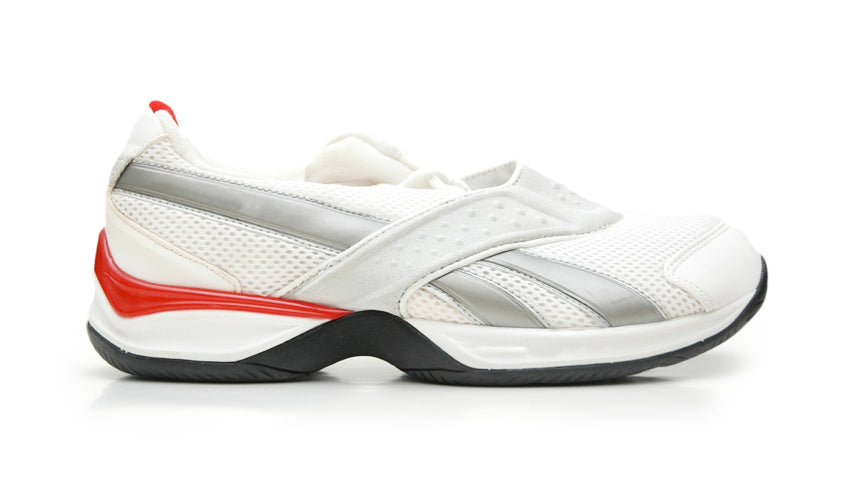
Heel elevation is a design element present in almost every shoe, from dress shoes to work boots to running shoes, though there is little (if any) compelling evidence to account for its inclusion in shoes or other footwear. Most people in the United States and other parts of the world begin wearing shoes when they learn to walk, some even before. Almost all shoes, including children’s shoes, possess heel elevation, or a layer of material (ranging from stiff to spongy) that elevates the heel above the forefoot.
General Health Effects

Heel elevation (especially in combination with toe spring) causes an unnecessary stretching of foot structures, forces the wearer to walk on a downhill ramp, puts extraordinary pressure on sensitive ball of foot tissues, and essentially inverts the main foot arch (i.e., the medial longitudinal arch). Prolonged positioning of the foot in this configuration causes a contraction, or shortening, of the posterior lower leg muscles, or the muscles at the back of the lower leg.
Calf muscles—the gastrocnemius and soleus muscles—are commonly affected by heel elevation, though three other muscles located at the back of the lower leg may also be affected: Tibialis posterior, flexor hallucis longus, and flexor digitorum longus. These muscles are particularly important in helping the main foot arch function properly, and they help the toes perform several important actions, including grasping, balancing, and guiding the body forward during the propulsive, or push-off, phase of gait.
Effect on Arch Flattening & Pronation

Shortened lower leg muscles contribute to faulty foot function in several key ways, one of the most significant of which is improper pulling on the back of the heel, which increases the degree of arch flattening the foot experiences. Long-term lower leg muscle shortening contributes to excessive foot and ankle pronation, which is a contributing factor in numerous foot and ankle problems. Because overpronation is a significant factor in foot and ankle problems, it makes perfect sense, then, to decrease or remove the heel elevation in shoes to curtail further shortening of the lower leg muscles and the corresponding arch flattening.
Effect on the Involuntary Stretch Reflex
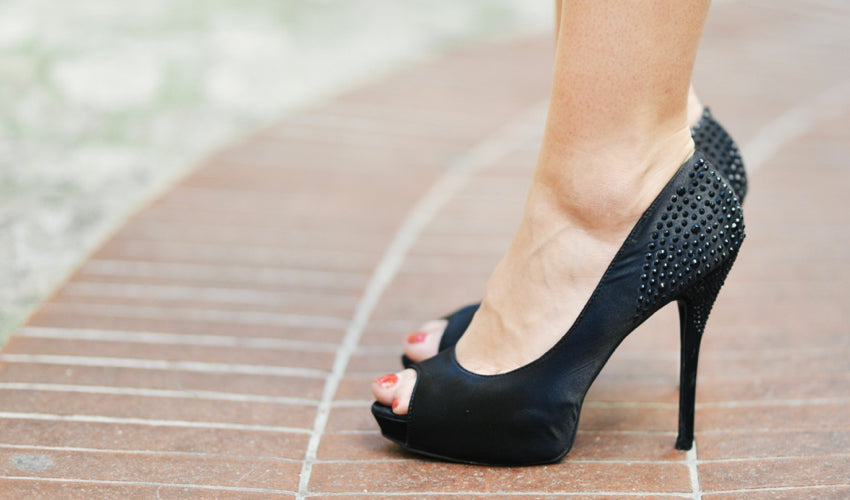
Another important and potentially debilitating effect of heel elevation is the way in which it disables the involuntary stretch reflex built into the posterior lower leg. This reflex, which functions to maintain a muscle at a constant length, can only be activated if the heel is allowed to contact (or come close to) the ground—a biomechanical circumstance that is impossible in most shoes available to consumers today. Activation of this lower leg stretch reflex should happen with every step to help the forefoot (especially the big toe) with propulsion; without it, normal (healthy) gait and propulsion is not possible.
Effect on Natural Gait & Locomotion

Inactivation of the lower leg stretch reflex may seem unimportant because it's still possible to walk and participate in athletic activities in footwear that includes heel elevation. But it is important when you consider that gait will never be natural when walking or running in conventional footwear, and that gait is, in fact, significantly hampered by a design element (heel elevation) that's often touted as helpful or advantageous. Heel elevation (or lack thereof) is one of the key factors we at Natural Footgear consider when selecting shoes to feature on our site (more on this below).
Effect on Ball of Foot Structures
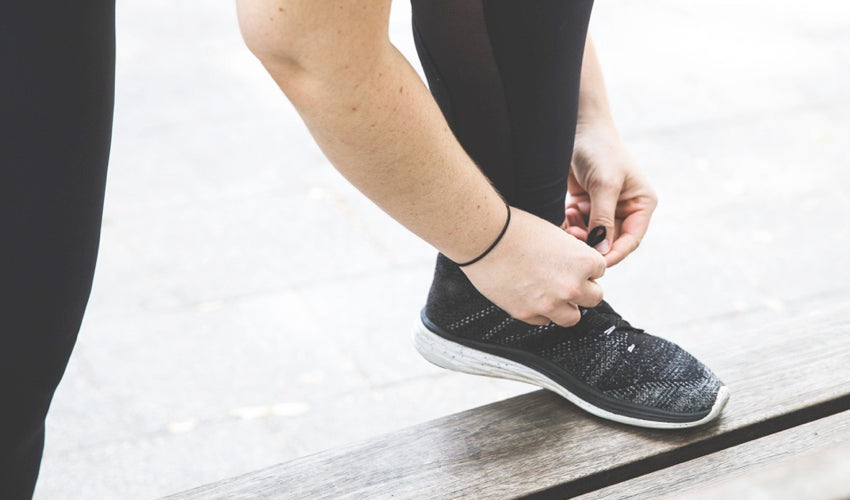
As mentioned earlier, heel elevation puts most of the burden of weight-bearing on ball of foot structures, including the many nerves, blood vessels, muscles, tendons, and ligaments (as well as the metatarsal heads) that exist in this part of the foot. Because most conventional footwear also includes toe spring, the protective forefoot fat pad that would normally safeguard these tissues and structures is displaced, dragged forward by toes that are in a chronically extended position. This makes ball of foot structures even more vulnerable to the forces associated with standing, walking, running, jumping, etc. Common ball of foot problems that are caused, at least in part, by heel elevation include neuromas, capsulitis, sesamoiditis, and metatarsal stress fractures.
Note: Heel elevation has an outsized effect on tinier feet, as shorter shoes tend to have the same elevation as longer shoes but a steeper ramp from heel to forefoot. So, unfortunately, children and smaller-footed individuals tend to experience the most problems with this deleterious footwear design inclusion.
Zero Drop: A Foot-Healthy Choice

The type of footwear we promote at Natural Footgear incorporates a zero drop sole, meaning that the sole is completely flat from heel to toe (no heel elevation, no toe spring—or if it does have some toe spring, it's of the flexible variety and can easily be flattened out when weight-bearing). The footwear we promote also does not include any unnatural arch bumps or props or “motion control technology.”
Zero drop footwear puts the heel and forefoot (including the toes) on a level plane, which helps stabilize the foot and ankle, spreads the force of body weight across the entire foot, and enables natural arch support. Shoes that possess a zero drop platform in combination with a sole that's easily bent or twisted, as well as a toe box that's widest at the ends of the toes, help strengthen feet and make them happy and well.
SHOP MEN'S ZERO DROP FOOTWEAR SHOP WOMEN'S ZERO DROP FOOTWEAR

WANT TO IMPROVE YOUR FOOT HEALTH?
Let the team at Natural Footgear help you! Subscribe to our newsletter for the latest offers and helpful info, and sign up for our FREE email courses on various topics and foot health conditions.
Sign Up →
Want to Improve Your Foot Health?
We are here to help you every step of the way. Get our newsletter for the latest offers and helpful info, and sign up for our FREE email courses on various topics and conditions, including bunions, hammertoes, neuromas, plantar fasciosis, shin splints, ingrown toenails, and more.
Sign Up →
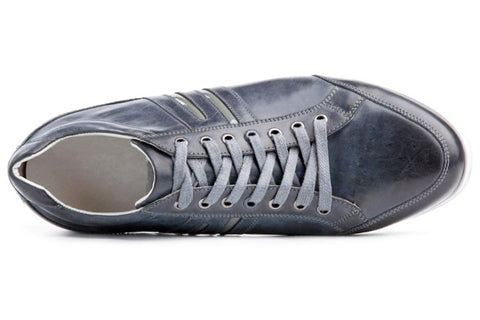 Toe box taper—the narrowing of a shoe from the ball of your foot to the ends of your toes—is one of the most harmful features of conventional footwear. It's difficult to find a pair of shoes or boots (or even sandals) that are wider at the ends of your toes than the ball of your foot. Most shoes and boots, including athletic models, force your toes into a wedge position...
Read more
Toe box taper—the narrowing of a shoe from the ball of your foot to the ends of your toes—is one of the most harmful features of conventional footwear. It's difficult to find a pair of shoes or boots (or even sandals) that are wider at the ends of your toes than the ball of your foot. Most shoes and boots, including athletic models, force your toes into a wedge position...
Read more









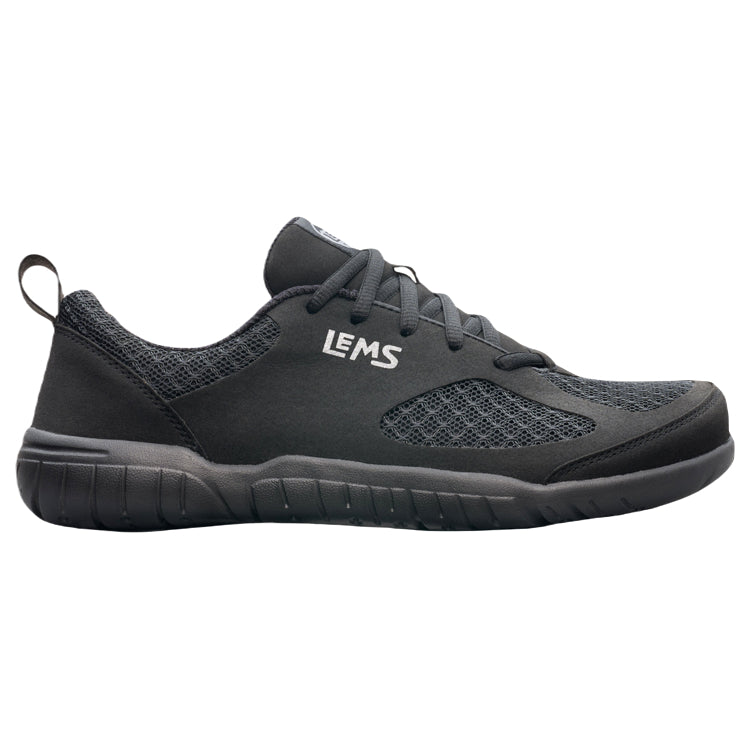
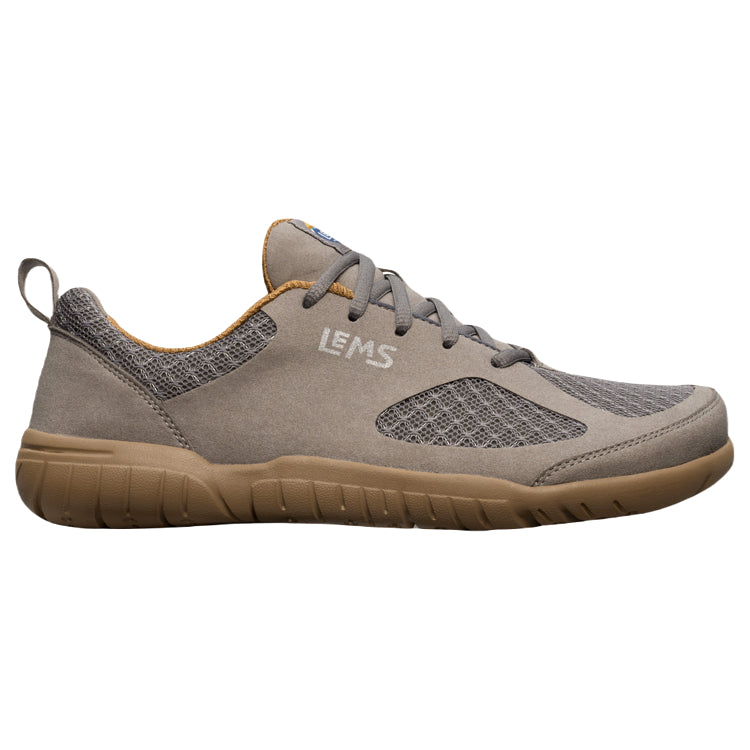
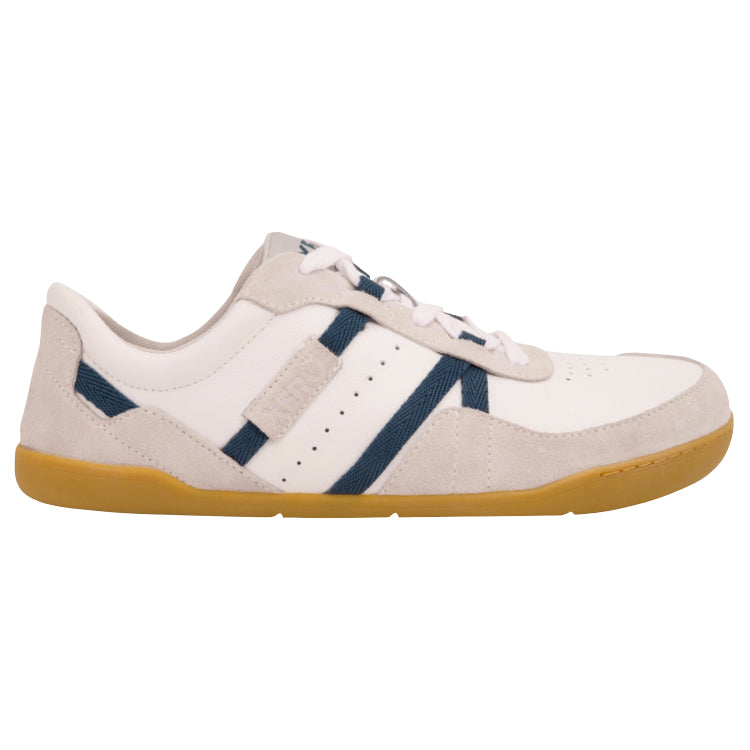
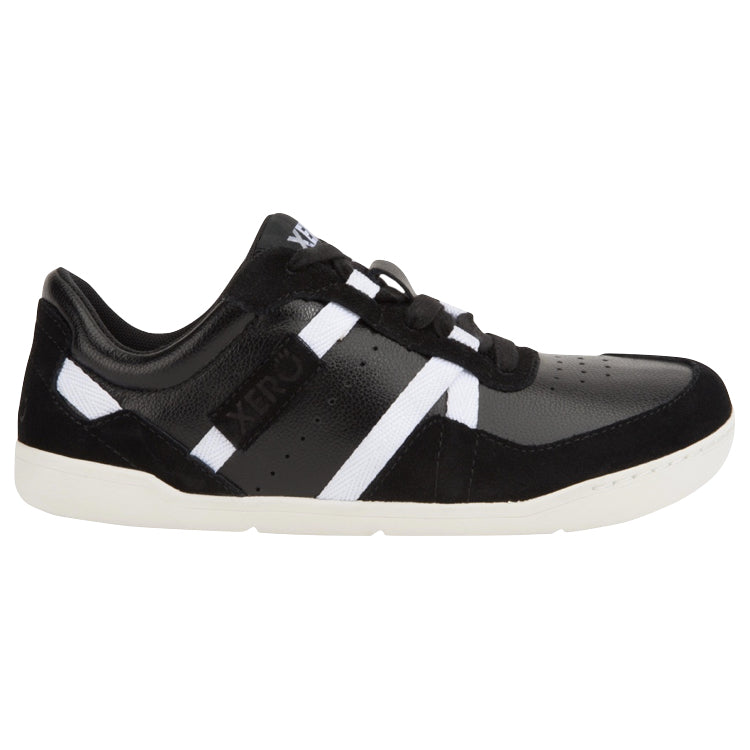
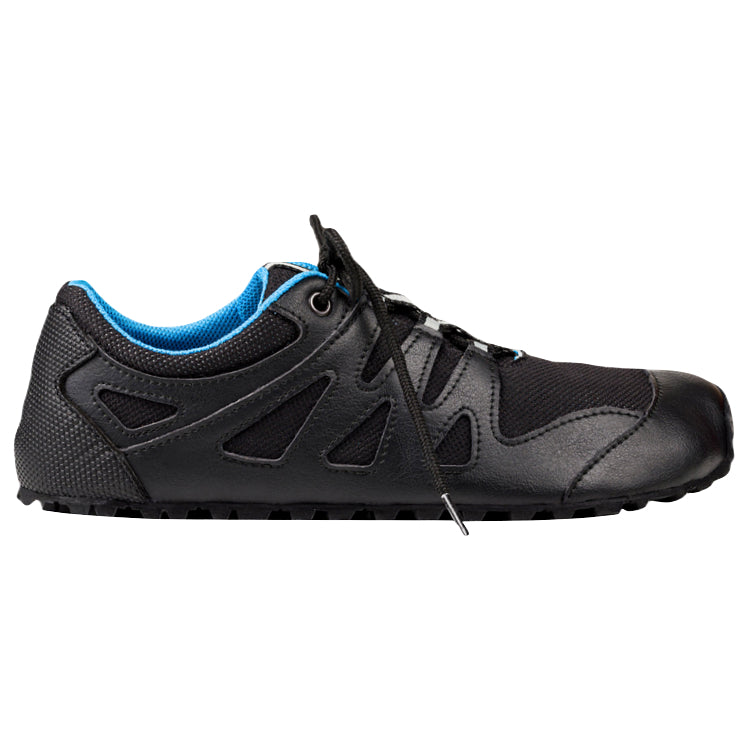
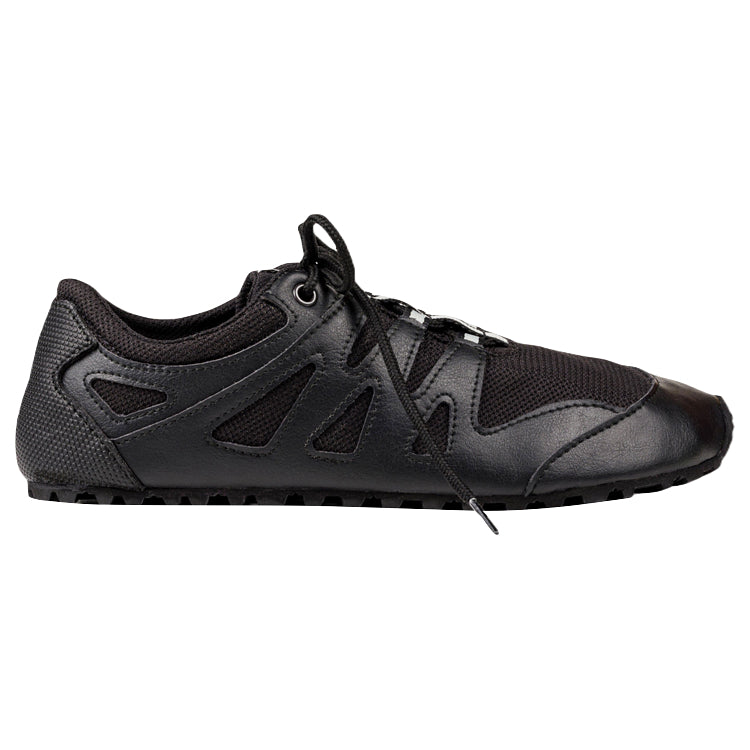

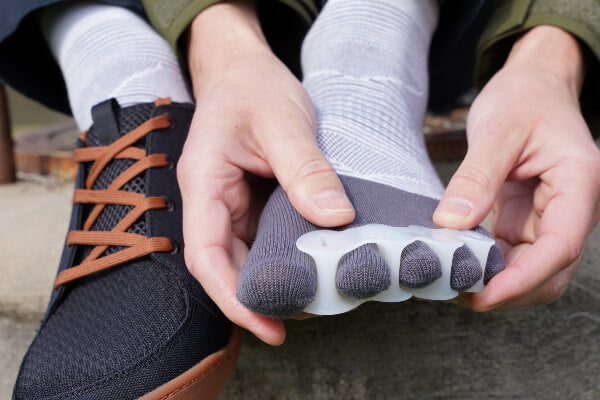
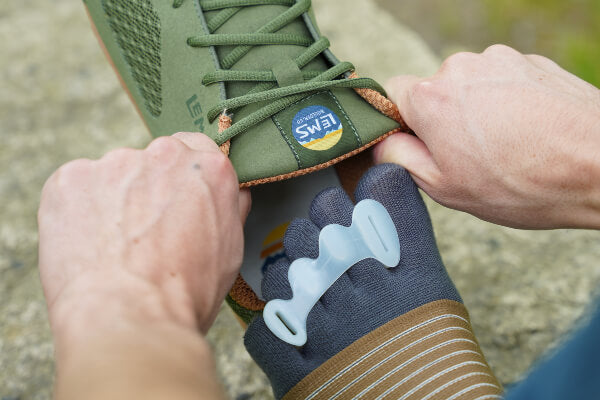
Can these foot problems (neuromas, capsulitis, hammertoes, bunions) cause back pain and difficulty walking?
Hi, Ritchie,
Thank you for your message and what a great question! Your feet are the foundation of your body, and problems in the feet can indeed lead to musculoskeletal problems other parts of your body, including your knees, hips, and back. Good postural alignment starts with good alignment in the foot, and though there certainly are other possible causes of back pain and difficulty walking (and you should definitely check with a healthcare provider about those), tending to the foot problems you mentioned is an important consideration.
Kind regards,
Marty Hughes, DC